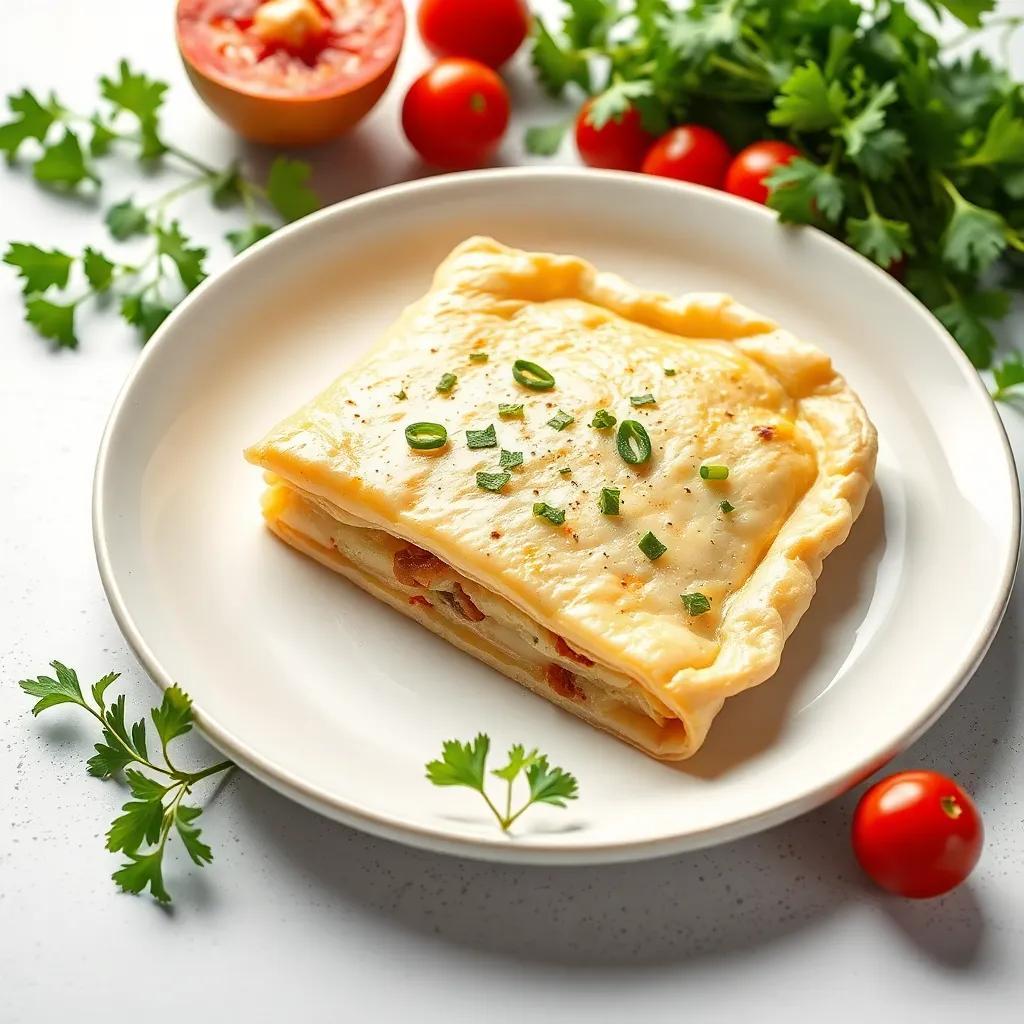Classic Moussaka Recipe: Authentic, Easy, and Irresistible Taste

Classic Moussaka Recipe: Authentic, Easy, and Irresistible Taste
🌍 Cuisine: Greek
⚙️ Difficulty: Medium
Ingredients
Nutrition Facts
520 kcal
Instructions
- Preheat your oven to 375°F (190°C). Line baking sheets with parchment paper.
- Brush eggplant slices with olive oil and place them on the prepared sheets. Bake for 25-30 minutes, flipping once halfway, until golden and tender. Set aside to cool.
- In a large skillet, heat a tablespoon of olive oil over medium heat. Add the chopped onions and sauté until translucent (about 5 minutes). Add the minced garlic and cook for 1 more minute.
- Add the ground lamb or beef to the skillet. Cook, breaking it apart with a spoon, until fully browned and cooked through.
- Stir in the crushed tomatoes, tomato paste, red wine (if using), cinnamon, nutmeg, salt, and pepper. Simmer the sauce for 20-30 minutes until it thickens slightly. Adjust seasoning as necessary. Remove from heat.
- In a separate saucepan, melt the butter over medium heat. Whisk in the flour and cook for 2-3 minutes to make a roux.
- Gradually whisk in the warmed milk, stirring constantly until the sauce thickens to a smooth, creamy béchamel. Remove from heat and stir in the egg yolks and half of the grated cheese. Season with a pinch of salt and nutmeg.
- Lightly grease a large baking dish with olive oil. Layer half of the baked eggplants on the bottom, followed by all the meat sauce. Top with the remaining eggplant slices.
- Pour the béchamel sauce evenly over the top layer of eggplants and sprinkle with the remaining grated cheese.
- Bake uncovered in the preheated oven for about 45 minutes, or until the top is golden and bubbly.
- Remove from the oven and allow the moussaka to cool for 20-30 minutes before slicing and serving. This helps it set and makes serving easier.
- Garnish with fresh parsley if desired and serve warm.
Serving Suggestions
- Serve moussaka with a crisp Greek salad of tomatoes, cucumbers, olives, and feta cheese.
- Accompany the dish with warm pita bread or crusty artisan bread to soak up the sauce.
- Pair the meal with a glass of robust red wine such as Agiorgitiko or Merlot.
- Offer tzatziki sauce on the side for a refreshing contrast.
- Add roasted or grilled vegetables like zucchini or bell peppers as a side dish.
- Top with freshly chopped parsley or mint for added color and freshness.
- Serve with lemon wedges for a zesty finish.
Table of Contents
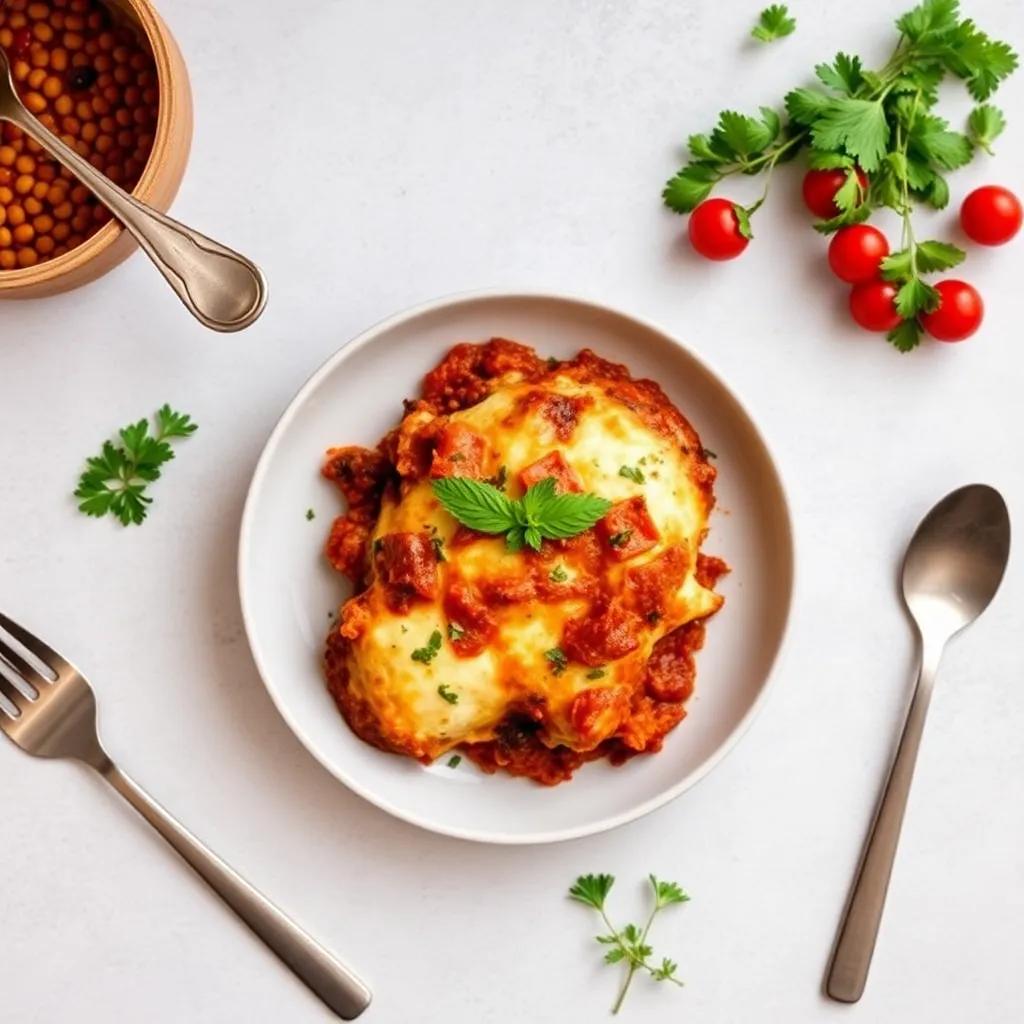
Intro
Moussaka is one of those timeless dishes that brings a sense of comfort and celebration to any table. With its layers of tender roasted eggplants, savory meat sauce, and creamy béchamel topping, it offers a satisfying blend of textures and flavors that feel both hearty and elegant. What makes this classic Greek recipe truly special is how it strikes a balance between approachable cooking and impressive results—perfect for weekend family dinners, gatherings with friends, or when you simply want to treat yourself to something a little extraordinary.
Though it carries the richness of a slow-cooked casserole, the steps are straightforward enough for home cooks who enjoy a bit of kitchen craft without fuss. Preparing moussaka invites a slower, mindful cooking experience where each component builds on the last, rewarding you with a dish that’s deeply comforting yet refined. Plus, its generous portions make it ideal for sharing, turning any meal into a cozy communal feast.
Whether you’re ducing Greek flavors to your menu or revisiting a beloved favorite, this recipe captures the essence of tradition while embracing simplicity. It shines best served warm alongside fresh salads or rustic bread, turning everyday moments into something truly memorable.
Ingredient Notes
When crafting an authentic moussaka, a few key ingredients deserve special attention as they truly elevate the dish from good to unforgettable. Understanding these can also help you make thoughtful substitutions without losing that classic Greek essence.
Eggplants
The star vegetable of moussaka, eggplants play a critical role in both texture and flavor. Choosing firm, glossy eggplants without blemishes ensures a tender yet meaty bite after roasting or baking. Look for medium to large varieties with smooth skin—these tend to be less bitter and have fewer seeds. To reduce any residual bitterness and prevent sogginess, salting the slices before cooking is a traditional tip, though baking them as in this recipe gently draws out moisture while keeping the flavor pure. If eggplants are out of season or unavailable, thin slices of zucchini or even thinly sliced roasted potatoes can provide an acceptable, though slightly different, layered substitute.
Ground Lamb or Beef
The choice of meat deeply influences the profile of the sauce. Lamb offers a richer, more traditional flavor that pairs beautifully with warming spices like cinnamon and nutmeg, giving the dish its unmistakable Greek character. Ground beef, while milder, is more readily available and offers a familiar comfort-food taste, making the recipe approachable for all palates. For a leaner option, consider mixing half lean beef with half ground turkey or omit the meat entirely to create a vegetarian version packed with mushrooms or lentils.
Kefalotyri or Parmesan Cheese
Kefalotyri is a Greek hard cheese that adds a salty, tangy punch to the béchamel topping and overall richness to moussaka. If you can find it, it lends authenticity to the dish and enhances the golden crust with its melting qualities. Parmesan can serve as a widely available and effective alternative, providing a similarly savory depth and lovely browning. For a more budget-friendly or mellow option, pecorino Romano could be used, though it tends to be saltier and sharper, so adjust seasoning accordingly.
Béchamel Sauce Components (Butter, Flour, Milk, and Egg Yolks)
This creamy topping is the crowning glory of moussaka. Using whole milk helps create a rich, velvety texture, while freshly whisked egg yolks fold in a subtle silkiness and bind the sauce for a luscious finish. Butter and flour make the classic roux base that gently thickens the sauce without heaviness. For dairy-free adaptations, swap whole milk and butter with plant-based alternatives like oat milk and vegan margarine, but note that the silky richness will vary. Similarly, egg yolks can be replaced with silken tofu blended into the sauce for a vegan approach, though the taste and texture will shift.
By paying close attention to these signature ingredients and understanding their roles, you can confidently bring out the authentic flavors and textures that make moussaka a beloved Greek classic—whether you stick to tradition or tweak it to suit your pantry and preferences.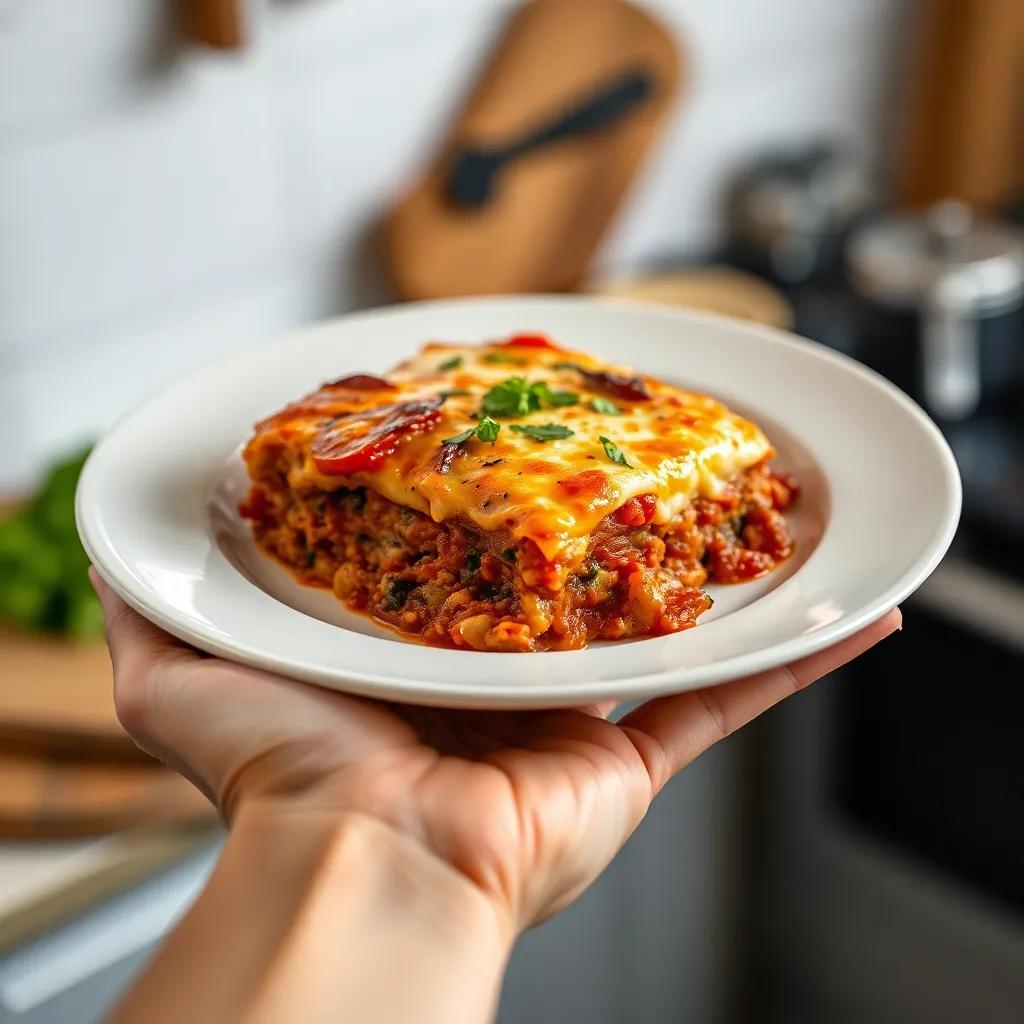
Tips & Variations
Mastering moussaka is all about layering flavors and textures with care, and a few insider touches can elevate your dish from simply delicious to truly memorable. For a perfectly roasted eggplant, try salting the slices ahead of time and letting them rest on a paper towel-lined tray for 20-30 minutes to draw out excess moisture and any lingering bitterness. This extra step results in firmer, less watery layers that hold their shape beautifully after baking. If you’re short on time, roasting the eggplant as described in the recipe works wonderfully too—just be mindful to space the slices so they crisp evenly.
When it comes to the meat sauce, don’t rush the simmer. Allowing the tomatoes, wine, and spices to meld slowly over low heat deepens the flavors and softens acidity, creating that rich, comforting base that defines classic moussaka. Feel free to experiment with warming spice blends by adding a pinch of allspice or a star anise pod for subtle complexity. For a vegetarian twist, swap the ground lamb for finely chopped mushrooms, lentils, or textured vegetable protein, and consider adding a splash of vegetable broth to keep the sauce moist and flavorful.
The béchamel topping can be tailored in several ways to suit dietary needs or personal taste. For a lighter version, substitute half the butter with olive oil and use low-fat milk, though expect a slightly less creamy texture. Vegans can replace dairy with unsweetened plant milks like almond or oat and use nutritional yeast in place of cheese to maintain savory depth; adding a cornstarch slurry helps thicken the sauce without roux. For those avoiding eggs, silken tofu blended with a bit of lemon juice or vegan yogurt can mimic richness while keeping it plant-based.
Cheese is the finishing flourish. If you want a more indulgent topping, mix in some crumbled feta with the Parmesan or Kefalotyri for an extra tangy punch. For a meltier, creamier crust, experiment with adding a handful of grated mozzarella. Conversely, for a nuttier, sharper bite, pecorino Romano is an excellent choice—just adjust the salt accordingly.
Lastly, presentation and serving temperature can make a difference. Let your moussaka rest for at least 20-30 minutes after baking to allow the layers to settle—this makes slicing clean and pretty portions easier. Serve with a garnish of fresh herbs like parsley or mint to brighten the dish, and consider pairing it with a drizzle of good-quality olive oil or a squeeze of lemon juice to cut through the richness.
Whether you stick to the traditional approach or put your own twist on it, these tips and variations offer ways to personalize this beloved Greek classic while preserving its irresistible, heartwarming soul.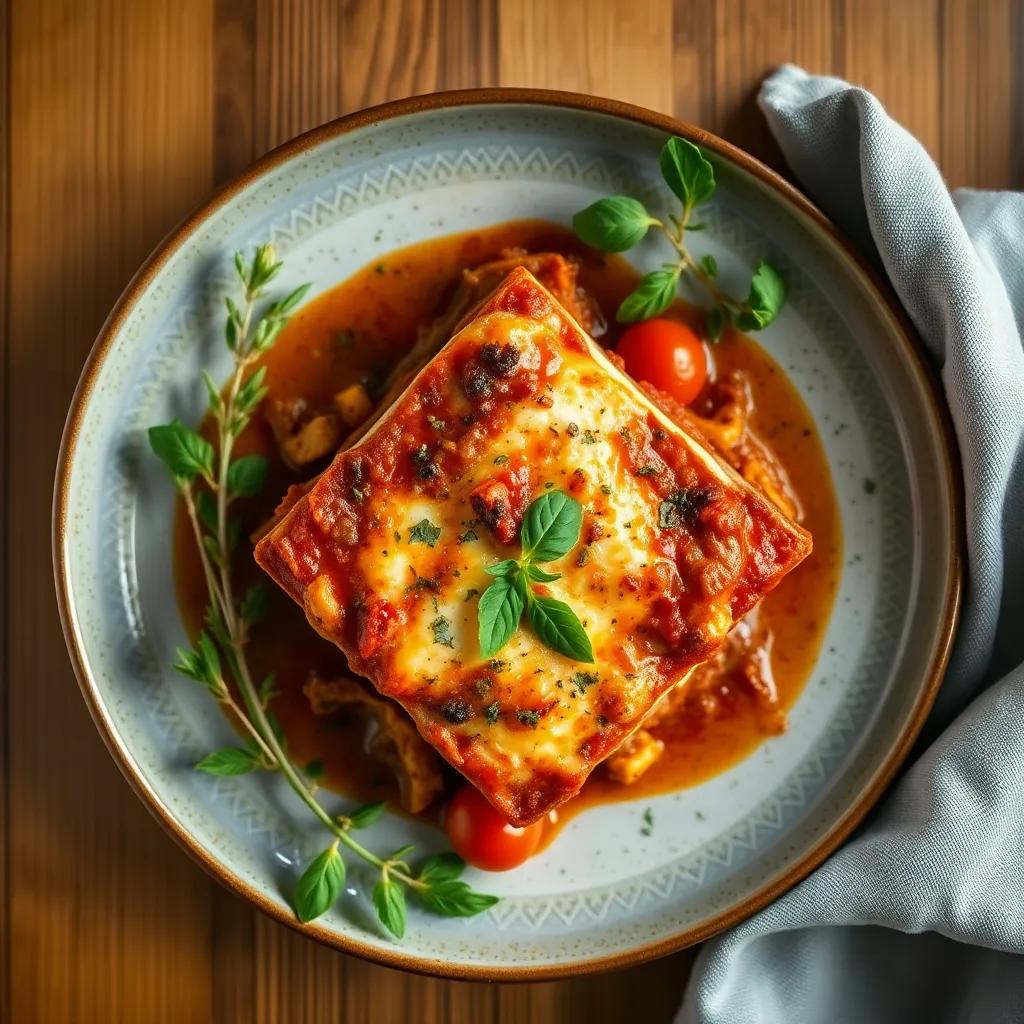
Leftovers & Storage
Storing your classic moussaka leftovers properly is key to preserving its rich flavors and comforting textures for another delicious meal. Because of its layered composition—with tender eggplant, savory meat sauce, and creamy béchamel—moussaka holds up well in the fridge and freezer when handled thoughtfully.
To refrigerate, let the moussaka cool completely at room temperature (no more than two hours) before transferring. Use an airtight container or cover the baking dish tightly with plastic wrap or aluminum foil to prevent the béchamel topping from drying out or absorbing fridge odors. Stored this way, leftovers will stay fresh for up to 3–4 days. When you’re ready to enjoy, reheat individual portions gently in the oven at 325°F (160°C) until warmed through, about 15–20 minutes, to maintain that signature crisp top and creamy middle. Alternatively, microwave reheating is fine for busy days, but it may soften the béchamel crust and eggplant texture slightly.
For longer storage, moussaka freezes beautifully. Portion it into freezer-safe containers or wrap slices individually in plastic wrap followed by a layer of foil or a large resealable freezer bag to avoid freezer burn. It can be kept frozen for up to 2–3 months without sacrificing much quality. To thaw, move it to the fridge overnight, then reheat in the oven as described to restore the inviting golden crust and flaky layers. Avoid refreezing once thawed to keep flavors at their best.
If you like meal prepping, moussaka lends itself well to make-ahead cooking. Prepare the casserole fully, cool it, then portion and freeze individual servings for grab-and-go lunches or quick dinners. This Greek classic also travels nicely for packed lunches if you have access to a reheating method—just be sure to pack it in a sturdy, leak-proof container to keep layers intact.
A few extra pointers:
– Avoid stacking too many pieces on top of each other when storing to minimize sogginess.
– If using glass or ceramic baking dishes, cover tightly and reheat right in them to save cleanup.
– Adding a splash of water or covering loosely with foil when reheating in the oven can help prevent the béchamel from drying out.
With these straightforward storage tips, you can savor every spoonful of your homemade classic moussaka well beyond the initial feast—whether it’s a comforting solo dinner or sharing Greek hospitality with friends on a later day.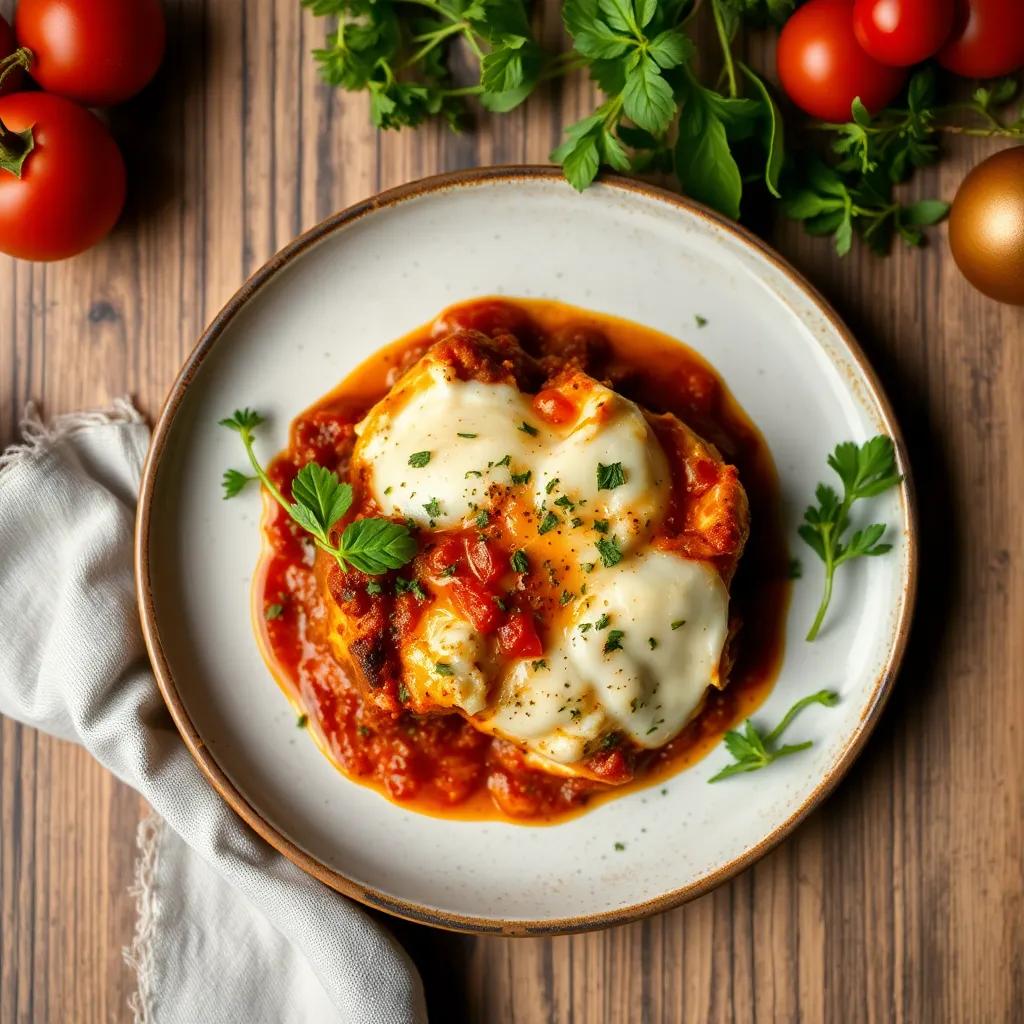
Behind the Recipe
Classic moussaka carries with it a rich tapestry of history and culture that stretches back centuries across the Eastern Mediterranean, yet it has distinctly blossomed into the iconic Greek dish we know today. Though layers of eggplant, meat sauce, and béchamel suggest a complex modern casserole, moussaka’s roots trace to the Ottoman Empire’s culinary influences, where the technique of layering vegetables and meat was widely embraced and adapted by local cooks.
The version we cherish most—a luscious blend with cinnamon-spiced ground lamb and creamy béchamel—was popularized in early 20th-century Greece, evolving under the influence of French cuisine’s béchamel sauce. It’s a dish that reflects the country’s geographical crossroads, accommodating flavors and techniques from both the Mediterranean and Western Europe. Moussaka, quite simply, tells a story of culinary fusion and local adaptation, transforming humble ingredients into a celebration of layered textures and warm, comforting spices.
On a more personal note, moussaka often feels like a dish woven into family memories across Greek households. It’s a recipe passed down through generations, each adding subtle nuances—be it a particular spice blend, the choice of cheese, or the method of preparing the eggplants—that make it deeply personal and reassuringly familiar. Preparing it at home often invokes a sense of connection to tradition, a tactile expression of heritage and hospitality.
Ultimately, moussaka’s enduring appeal lies not just in its flavors, but in its ability to gather people around the table—each serving a piece of history alongside a warm, satisfying meal. Whether for a Sunday family gathering or a festive occasion, it embodies the spirit of Greek cookery: generous, heartfelt, and timeless.
FAQ
Can I make Moussaka vegetarian-friendly?
What’s the best way to store leftover Moussaka?
Can I prepare Moussaka ahead of time and freeze it?
Is there a gluten-free way to make this recipe?
Can I substitute the eggplants with other vegetables?
What’s the secret to a perfectly creamy béchamel sauce?
How can I lighten up this dish without losing its authentic taste?
Final Thoughts
There’s something truly comforting about a classic moussaka — the layers of tender eggplant, rich meat sauce, and creamy béchamel come together in a harmony that’s both timeless and irresistibly satisfying. This recipe brings that authentic taste straight to your kitchen with ease, inviting you to savor a beloved Mediterranean favorite any day of the week.
If you decide to give it a try, I’d love to hear how it turned out! Feel free to leave a comment, share your own special twist, or rate the recipe to help fellow food lovers discover this delicious dish. Happy cooking and bon appétit!











